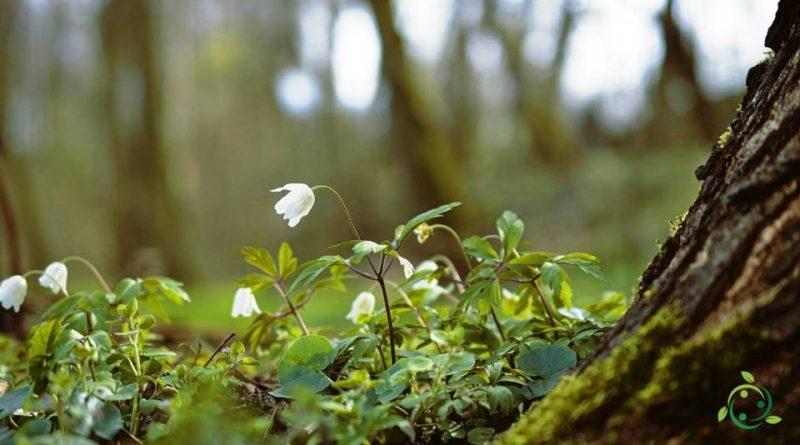Nemoral flora
Nemoral flora
With the term nemoral, coming from the Latin nemoralis “boschereccio”, derived from nemus -mŏris “wood”, in botany we refer to those plants, mostly herbaceous, that grow in the woods, such as sorrel, cyclamen, etc. .
The nemoral species are therefore typical plants of the woods.
The peculiarity of these plants is their life cycle. The peak of their development occurs before a crucial moment in the forest: the vegetative awakening and the release of new leaves. In this short window of time, which goes from the first days with a mild climate to the closing of the tree tops, nemoral plants grow and bloom taking advantage of the light that penetrates the bare branches. Then when the light is obscured by the new leaves, the flora of the undergrowth will be able to dedicate itself calmly to the ripening of the fruits, waiting for the next winter.
However, despite the short duration, the nemoral flora fits perfectly into the natural life cycle of the forest. Their flowering is in fact the first, authentic awakening of the forest.
These plants are the primary support for pollinating insects which slowly begin to move again among the blooms in search of nectar while for other living beings the emission of jets from bulbs and rhizomes constitutes the nourishment for a new generation.
Nemoral plants therefore represent a necessary ecological integration in the dynamics of forest systems and also contribute to a significant contribution of organic substance that is easy to humify and transform.

